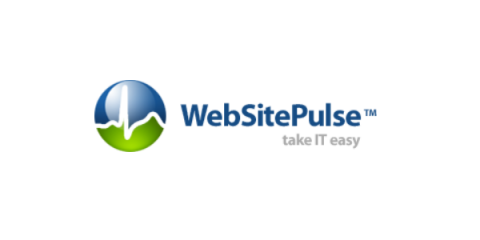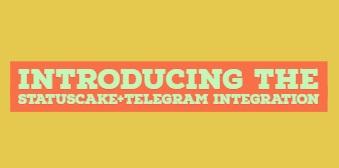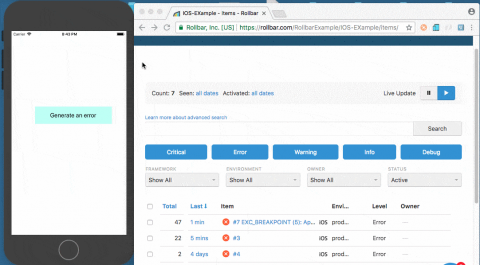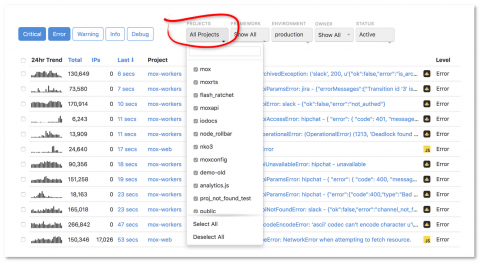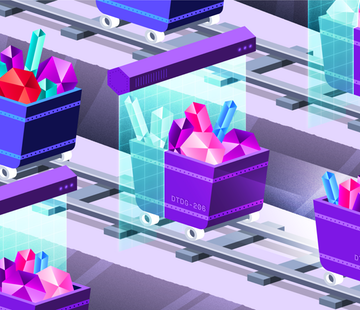A Closer Look At The Shifts Taking Place In Web Development
The world of web development is always shifting and changing. This is especially true when it comes to WordPress and PHP as well. So how do web development companies remain ahead of the curve? By monitoring WordPress and PHP developments closely, of course.


